On the morning of April 2, the State Bank announced the central exchange rate at 24,835 VND/USD, down 2 VND compared to yesterday. Meanwhile, the exchange rate at commercial banks fluctuated upward.
At Vietcombank, the USD price increased sharply by 80 VND in both buying and selling directions, currently reaching 25,430 VND/USD (buying) and 25,820 VND/USD (selling). Some other banks recorded a large difference in buying and selling prices. Specifically, NCB had the lowest buying price at 25,295 VND/USD in cash, while HSBC bought the highest at 25,480 VND/USD.
In the selling direction, OCB recorded the lowest price of 25,700 VND/USD in cash, while MB sold by transfer at the highest price of up to 25,850 VND/USD. In the free market (black market), the USD price decreased by 13 VND in both directions, currently trading around 25,830 - 25,900 VND/USD.
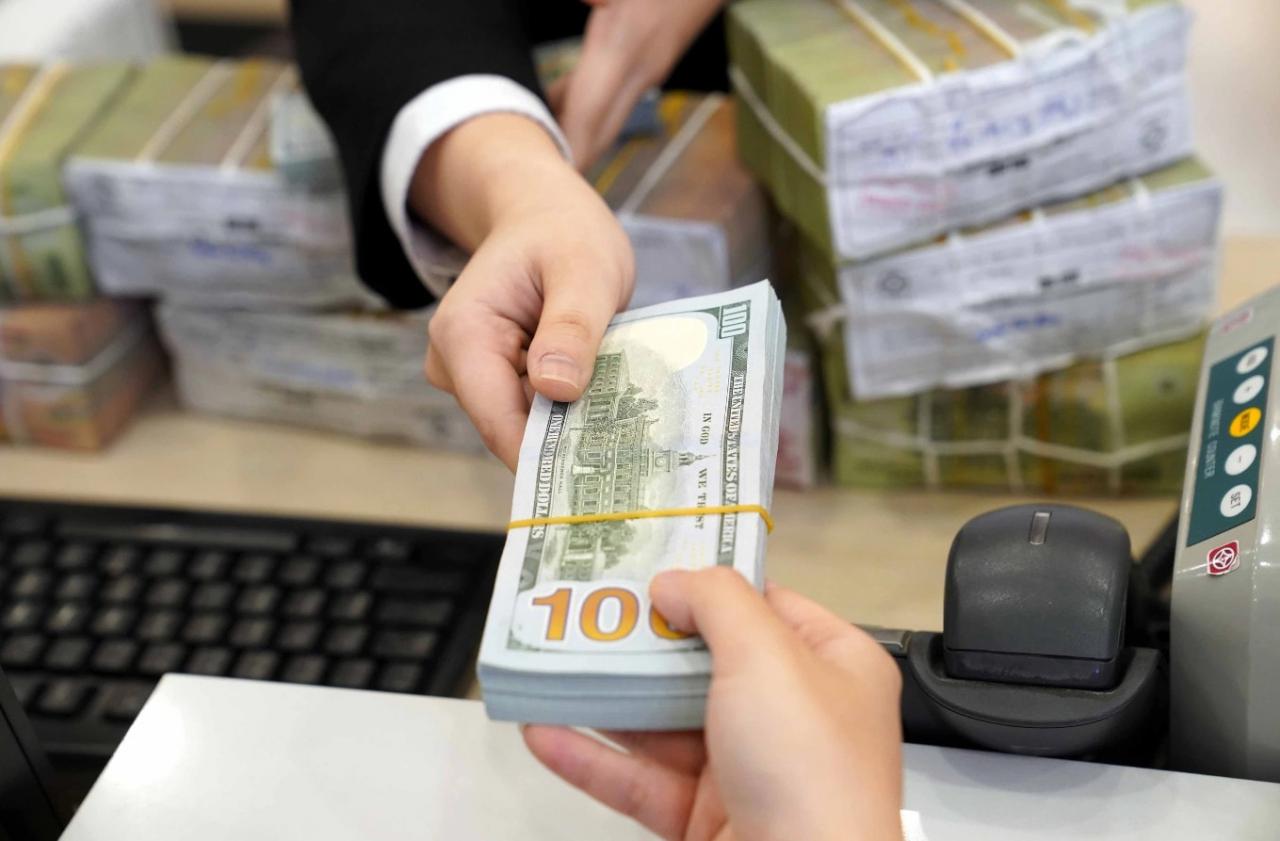
In the international market, the Dollar Index (DXY), which measures the strength of the USD against six major currencies, fell slightly to 104.14 points. The USD is under pressure as investors worry about the tariff policies that will be announced by the Trump administration tomorrow.
U.S. manufacturing activity contracted in March after two straight months of growth, Reuters reported, while factory-gate inflation rose to its highest level in nearly three years, raising concerns that new tariffs could push up consumer prices and production costs, affecting the broader economy.
Labor market data was also not very encouraging, with job vacancies falling to 7.568 million in February. Corpay strategist Karl Schamotta said the latest data is a sign that the US economy is facing the risk of stagflation, making it difficult for the Federal Reserve (Fed) to conduct monetary policy.
Meanwhile, the US dollar fell 0.45% against the Japanese yen to 149.3 JPY/USD. The euro also fell 0.5% to 161.37 JPY/USD. Forecasts for labor reports and jobless claims due later this week will be important indicators to assess the health of the US economy amid changing trade policy.
Marc Chandler, chief market strategist at Bannockburn Global Forex, said the market is “holding its breath” waiting for the official announcement of the tariffs. While the scope and timing of the tariffs are still unclear, many believe the new tariffs may cause an initial shock but not a lasting one.
The Washington Post reported that the White House is considering imposing tariffs of about 20% on most imports into the US. European Commission President Ursula von der Leyen said the EU is ready to negotiate but also warned that it will respond if necessary.
The euro edged down to $1.0807 today after posting its strongest quarterly gain since late 2022. Meanwhile, the Australian dollar rebounded slightly to $0.6277 after the Reserve Bank of Australia decided to keep interest rates unchanged.
Geopolitical tensions continue to weigh on markets, particularly after reports of Chinese military exercises around Taiwan. In addition, expectations of future rate cuts by the European Central Bank due to weak economic data are also pushing the euro and regional bond yields down slightly.
Source: https://baoquangnam.vn/ty-gia-usd-hom-nay-2-4-2025-tiep-tuc-giam-do-thue-quan-3151944.html


![[Photo] Vietnamese rescue team shares the loss with people in Myanmar earthquake area](https://vstatic.vietnam.vn/vietnam/resource/IMAGE/2025/4/6/ae4b9ffa12e14861b77db38293ba1c1d)
![[Photo] Military doctors in the epicenter of Myanmar](https://vstatic.vietnam.vn/vietnam/resource/IMAGE/2025/4/6/fccc76d89b12455c86e813ae7564a0af)

![[Photo] Solemn Hung King's Death Anniversary in France](https://vstatic.vietnam.vn/vietnam/resource/IMAGE/2025/4/6/786a6458bc274de5abe24c2ea3587979)
![[Photo] Prime Minister Pham Minh Chinh chairs the regular Government meeting in March](https://vstatic.vietnam.vn/vietnam/resource/IMAGE/2025/4/6/8393ea0517b54f6791237802fe46343b)

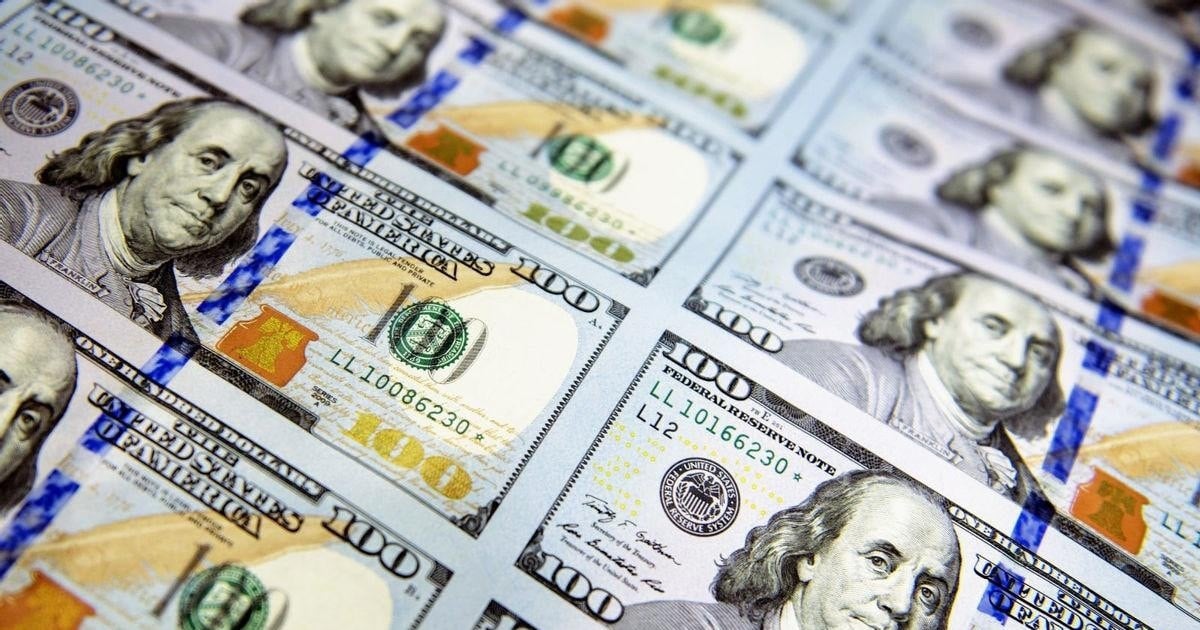
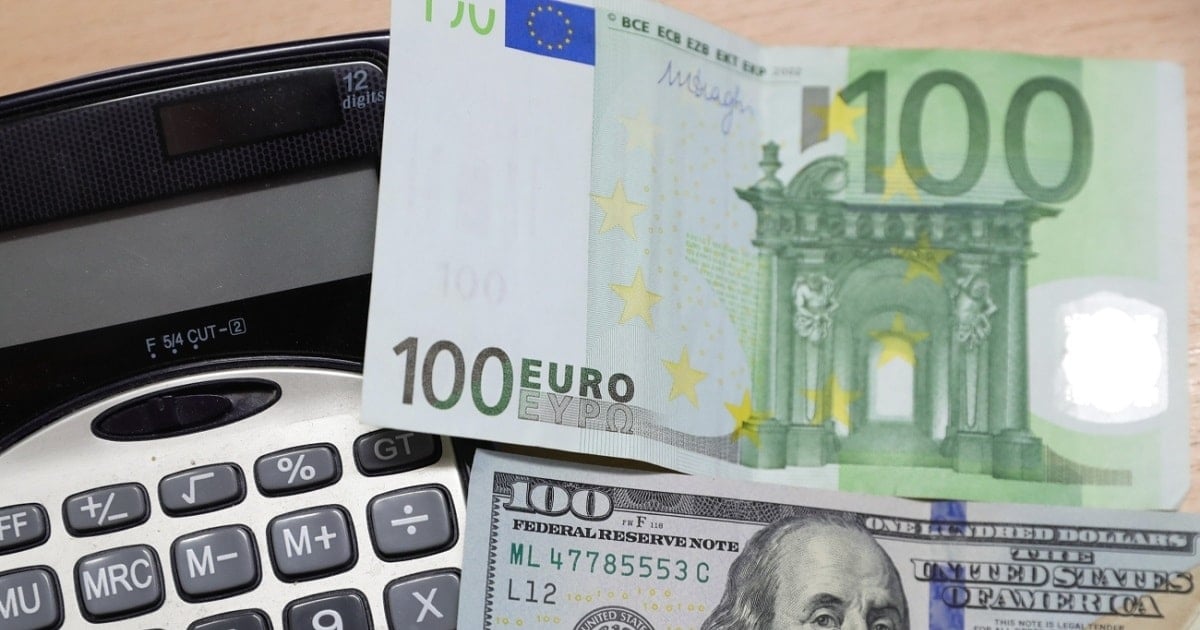
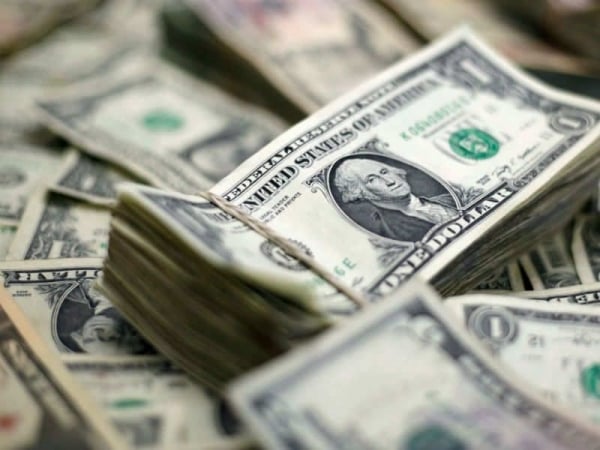

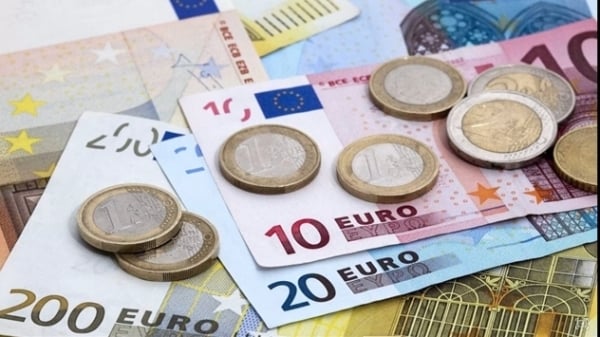
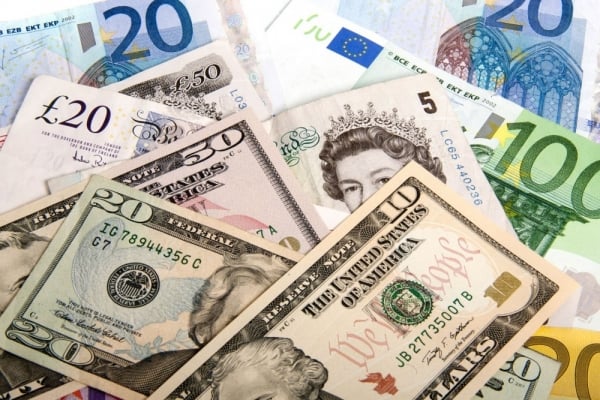
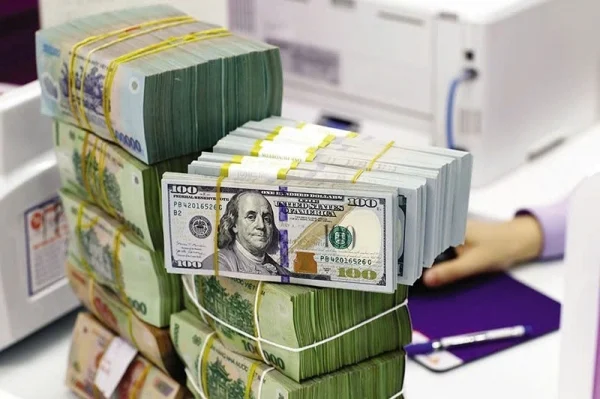




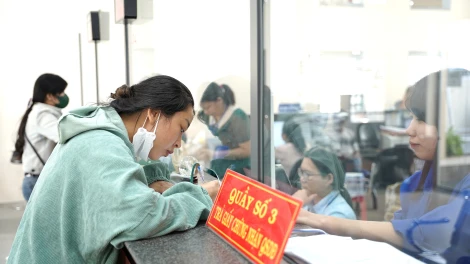



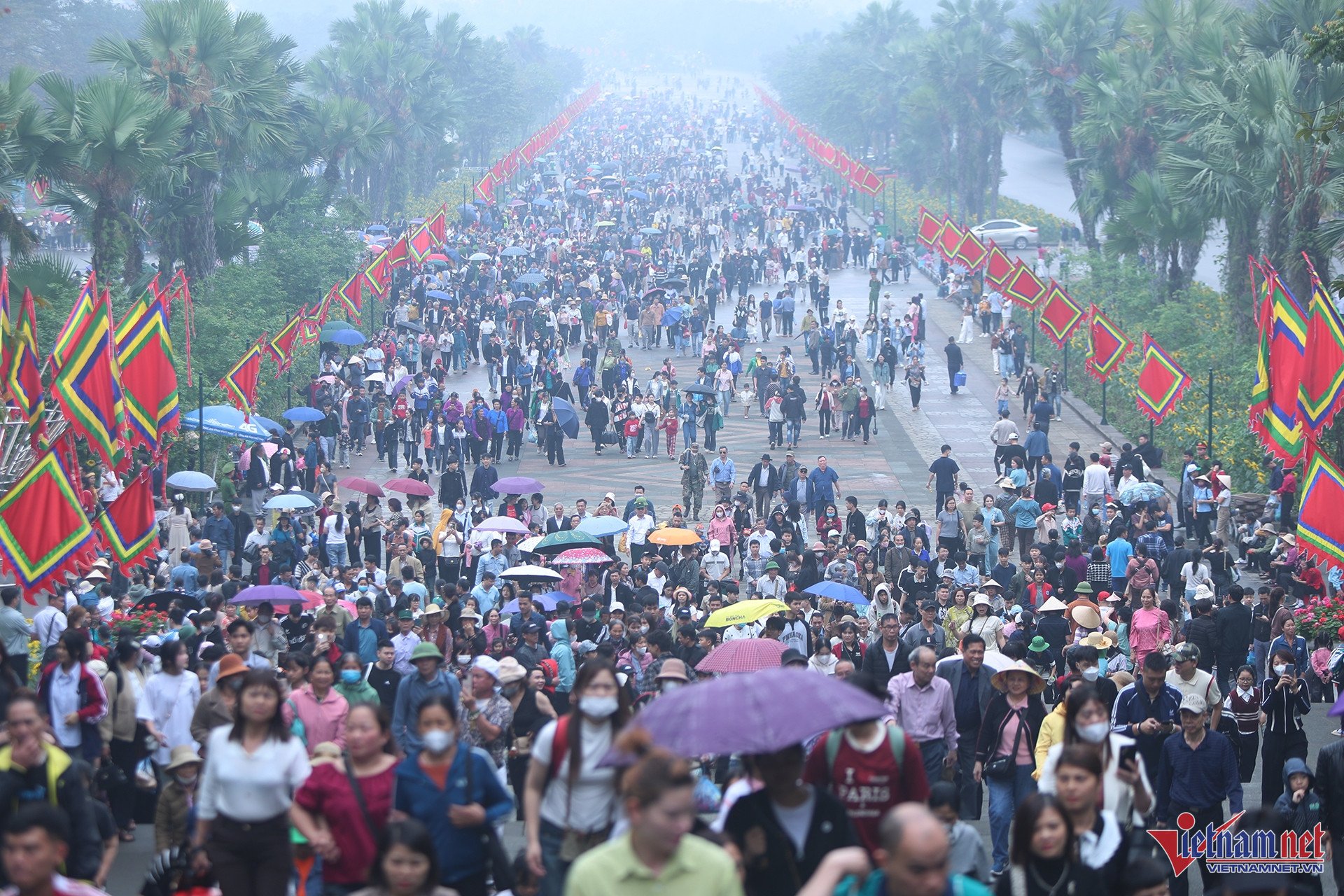


































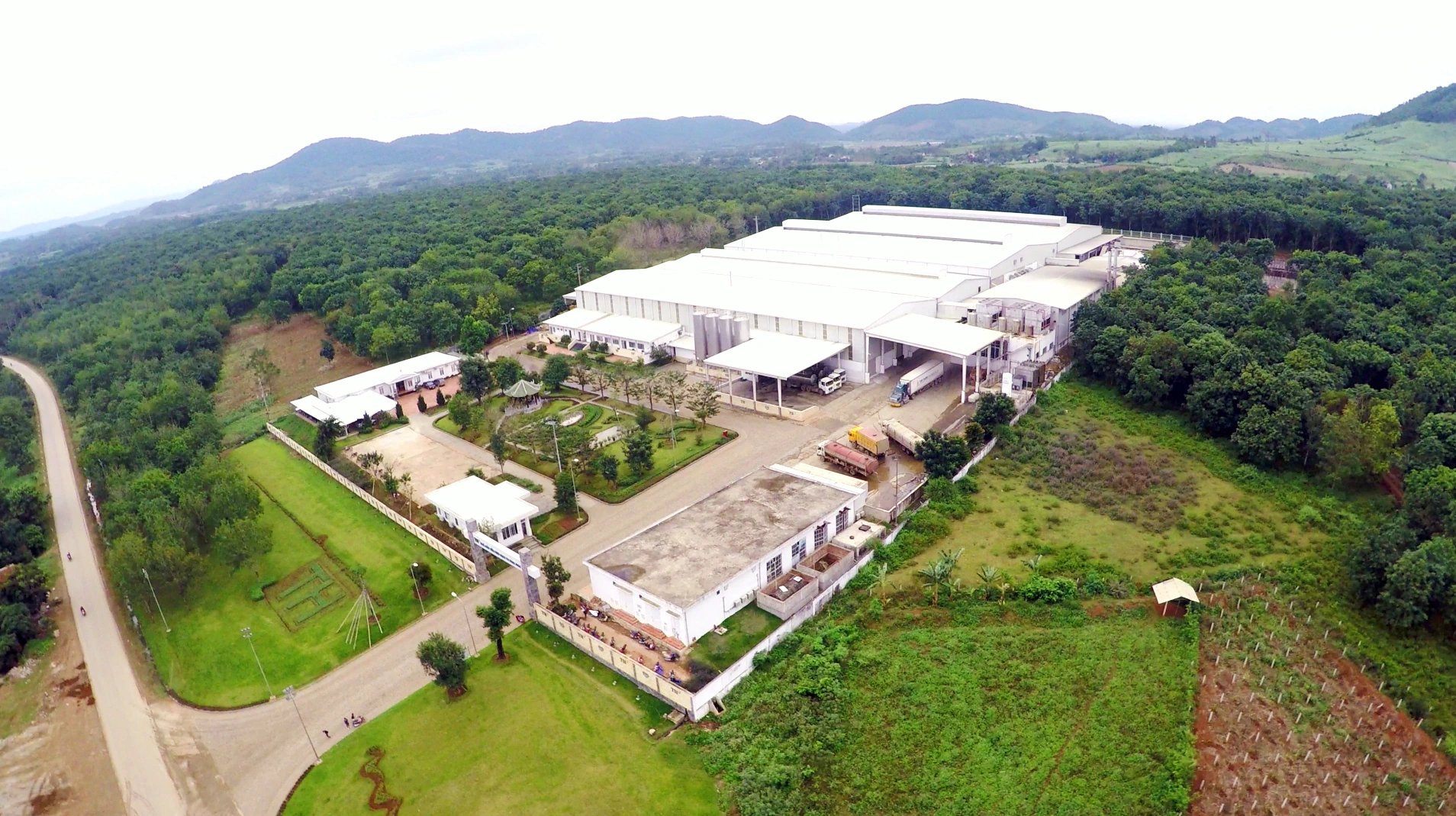




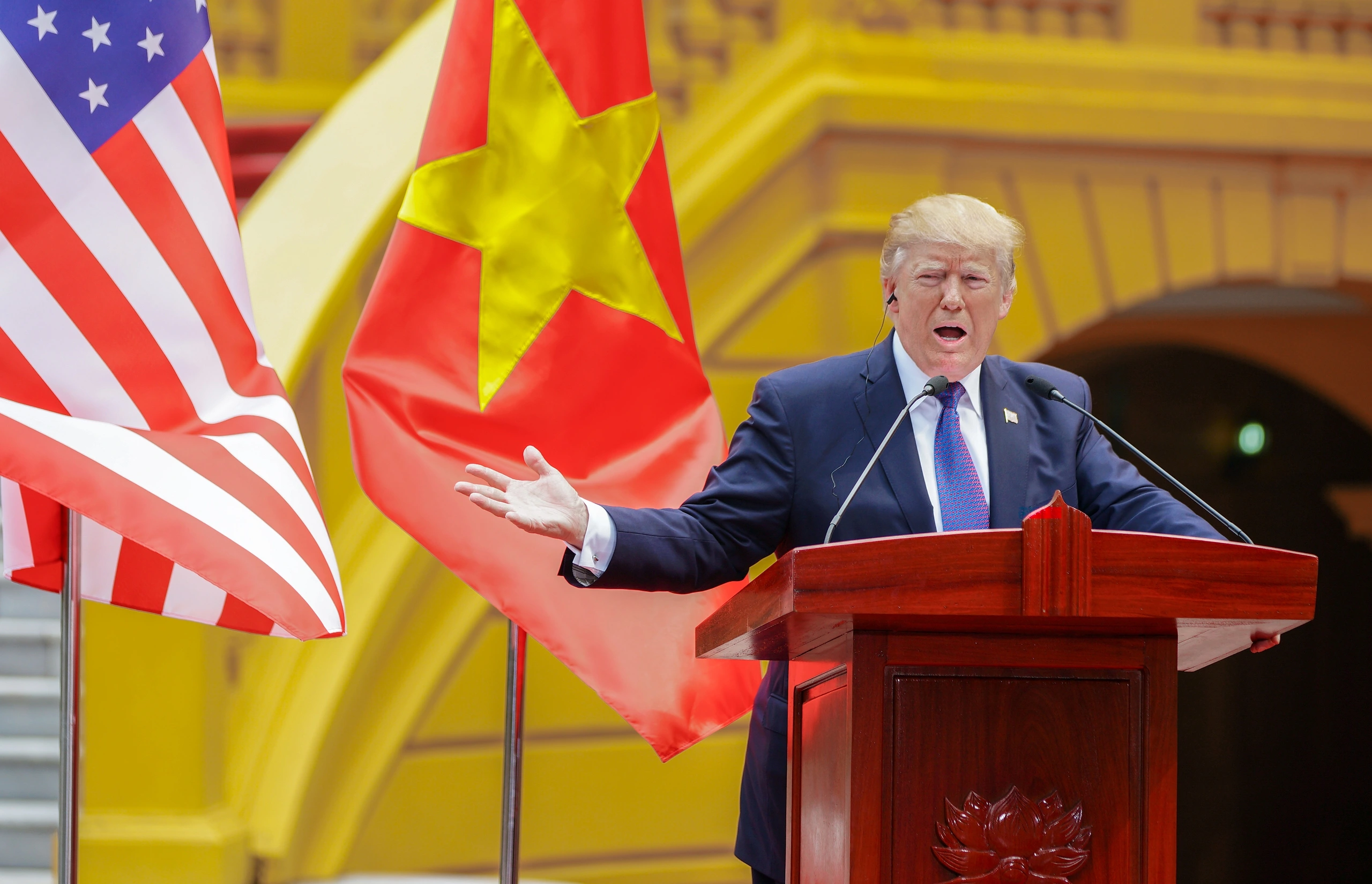























Comment (0)